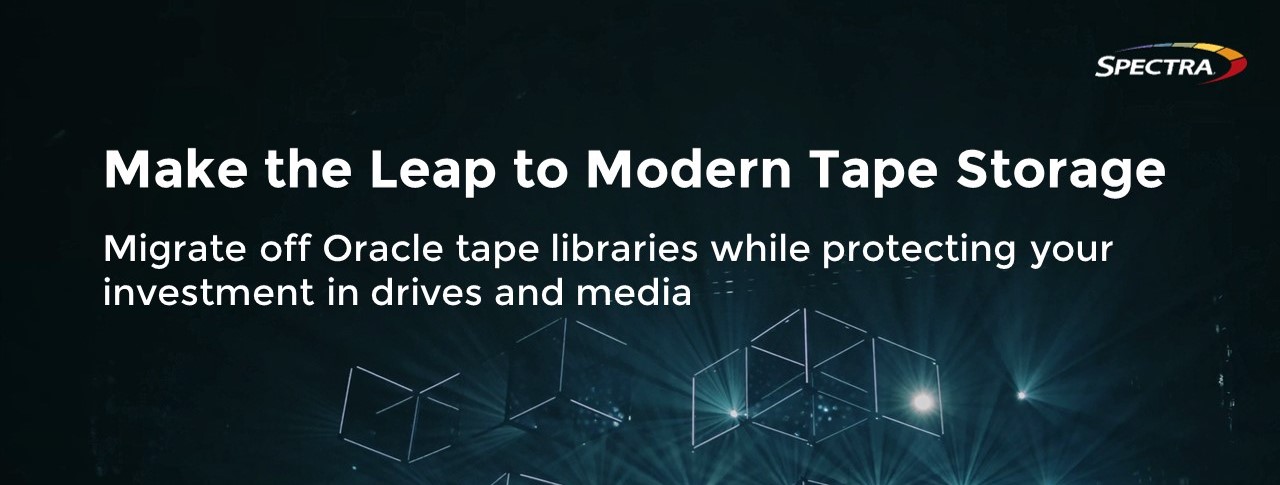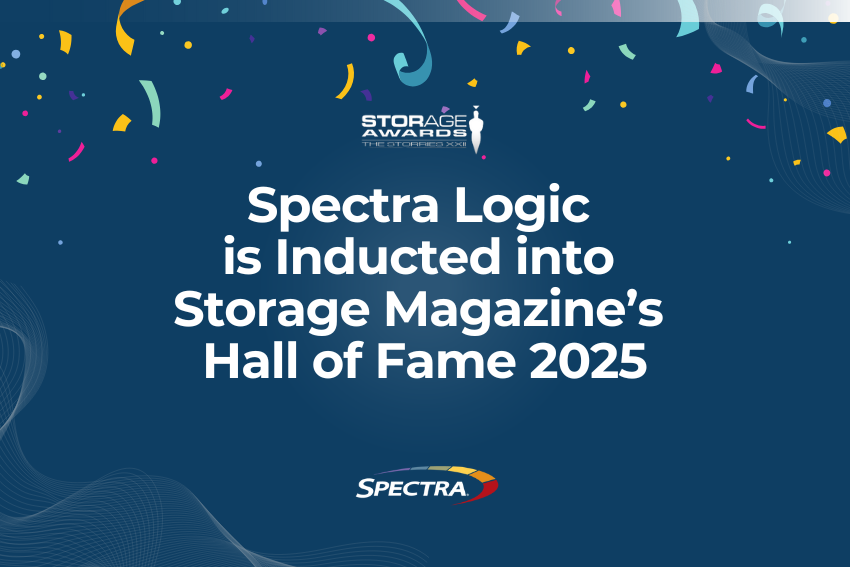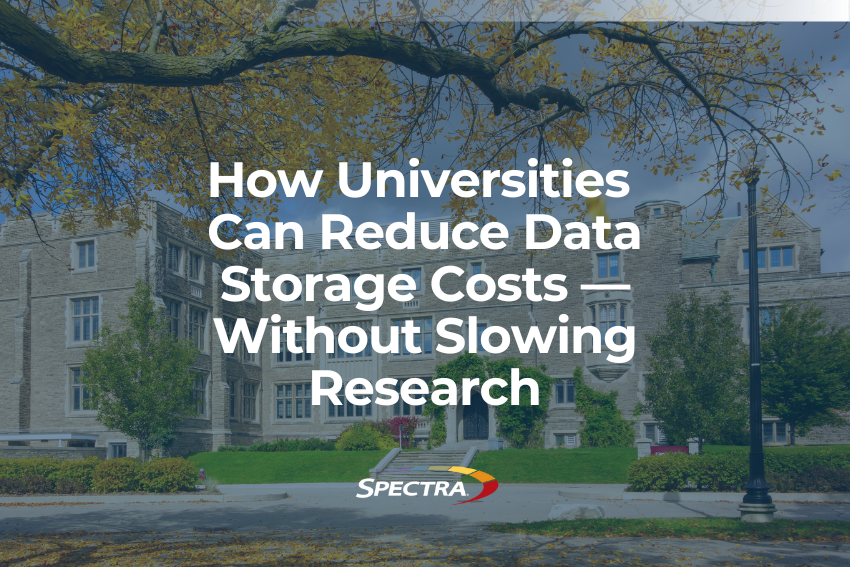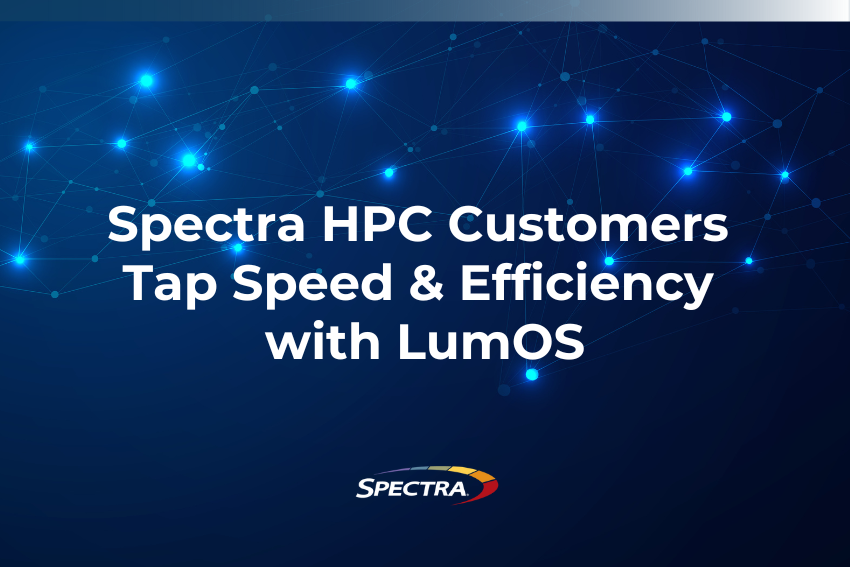
By Matt Ninesling
Director of Hardware Engineering, Spectra Logic
Oracle tape libraries have historically offered reliable, high-capacity storage for enterprises across various industries. However, as time and technology have progressed, these libraries have become less adaptable to organizations’ evolving data storage needs. Oracle libraries often use Oracle T10000 tape technology, which has now reached end-of-life status. This means Oracle will no longer provide updates or renew support for these products, leaving many businesses in a technology crunch.
The Need for Migration
The end-of-life status of Oracle tape technology doesn’t necessarily force users to migrate away from their libraries. However, it creates several challenges. Lack of support and updates can increase the risk of data loss or corruption. Additionally, as technology advances, it becomes increasingly difficult to maintain compatibility between these outdated systems and new software or hardware.
Economic considerations also drive tape technology migration. As Oracle stops manufacturing tape libraries, the cost of maintaining the existing infrastructure will increase. Migrating to a new system can provide more cost-effective, reliable, and efficient data storage.
Migration Options
When it comes to migrating from Oracle tape libraries, Spectra can provide several options. The right choice for your organization will depend on factors like the amount of data to be migrated, the desired storage capacity, and the available budget.
- Soft Migration: Soft migration involves moving existing Oracle tape drives and media directly from the existing Oracle library into a new Spectra tape library. This approach is ideal for organizations that want to decommission their Oracle libraries as soon as possible. The main advantage of this approach is the significant savings in support, power, and footprint costs.
- Hard Migration: Hard migration, or traditional migration, involves restoring data from existing backup and archive tapes and backing it up to the newly selected Spectra tape library and tape media. This process requires the retention of the Oracle library until all tapes selected for migration have been migrated from Oracle T10000 tape media to the new media of choice. This approach allows organizations to gradually transition to the new solution without disrupting operations.
- Dual-Operation Migration: In a dual-operation migration, some Oracle libraries are decommissioned while others are maintained for an ongoing period of time determined by the user. This approach allows for both soft and hard migration. It’s suitable for organizations that must maintain some Oracle footprint on the data center floor for a specific or narrowly defined purpose.
Speak with a Spectra expert to determine your best migration path.
Selecting the Right Replacement Solution: Hardware and Software Considerations
The replacement library you choose will play a crucial role in the migration process. The right choice should offer a combination of flexibility, scalability, and high performance.
Spectra Stack rackmount libraries are a smart choice for users opting to migrate from Oracle SL150, SL3000, or SL4000 libraries. Starting at 6U with 80 slots and up to 6 half-height (HH) or 3 full-height (FH) tape drives, a Spectra Stack solution can scale up to fill a standard 42U rack and contain up to 560 LTO tapes, 21 FH, or 42 HH tape drives. With the latest LTO-9 tape drives, users can store over 10 petabytes (PB) of uncompressed data in a 42U data center rack.
For users requiring more capacity than a Spectra Stack library, the midrange Spectra T950 library can be an excellent fit for your data center, and an affordable way to expand to over 380PB of uncompressed data, or as much as 1.1 exabytes (EB) of compressed data. Users can choose between LTO or IBM TS tape technology, including the new IBM TS1170 tape drive.
Spectra TFinity ExaScale tape libraries offer the largest array of migration options due to their ability to incorporate existing Oracle T10000 tape drives with either LTO and/or IBM TS tape drives. With the unique ability to use all three tape formats in a single TFinity enterprise-class tape library, users are not locked into any specific format. If needed, you can easily switch to another format in the future. The TFinity library offers the greatest flexibility, most capacity, and highest performance of any tape library.
All Spectra tape libraries come with tape library management software that provides powerful management and reporting features to simplify management and monitoring of your library. These include Media Lifecycle Management, Drive Lifecycle Management, Library Lifecycle Management, Drive Performance Monitoring, Power Consumption, and more.
For users who have written unique, custom scripts for ACSLS, migrating away from Oracle tape libraries will require you to rewrite those scripts for your new tape library or to select one of many commercial ISV applications to replace those scripts. Spectra libraries support a secure XML or REST interface for control, configuration, and reporting.
Conclusion
Migrating from Oracle tape libraries is a complex process requiring careful planning and consideration. However, with the right approach and the right storage solution, it can provide numerous benefits, including cost savings, improved data security, and increased storage efficiency.
If you’re ready to take the first step in modernizing your library solution, contact us to book your free migration consultation today!







